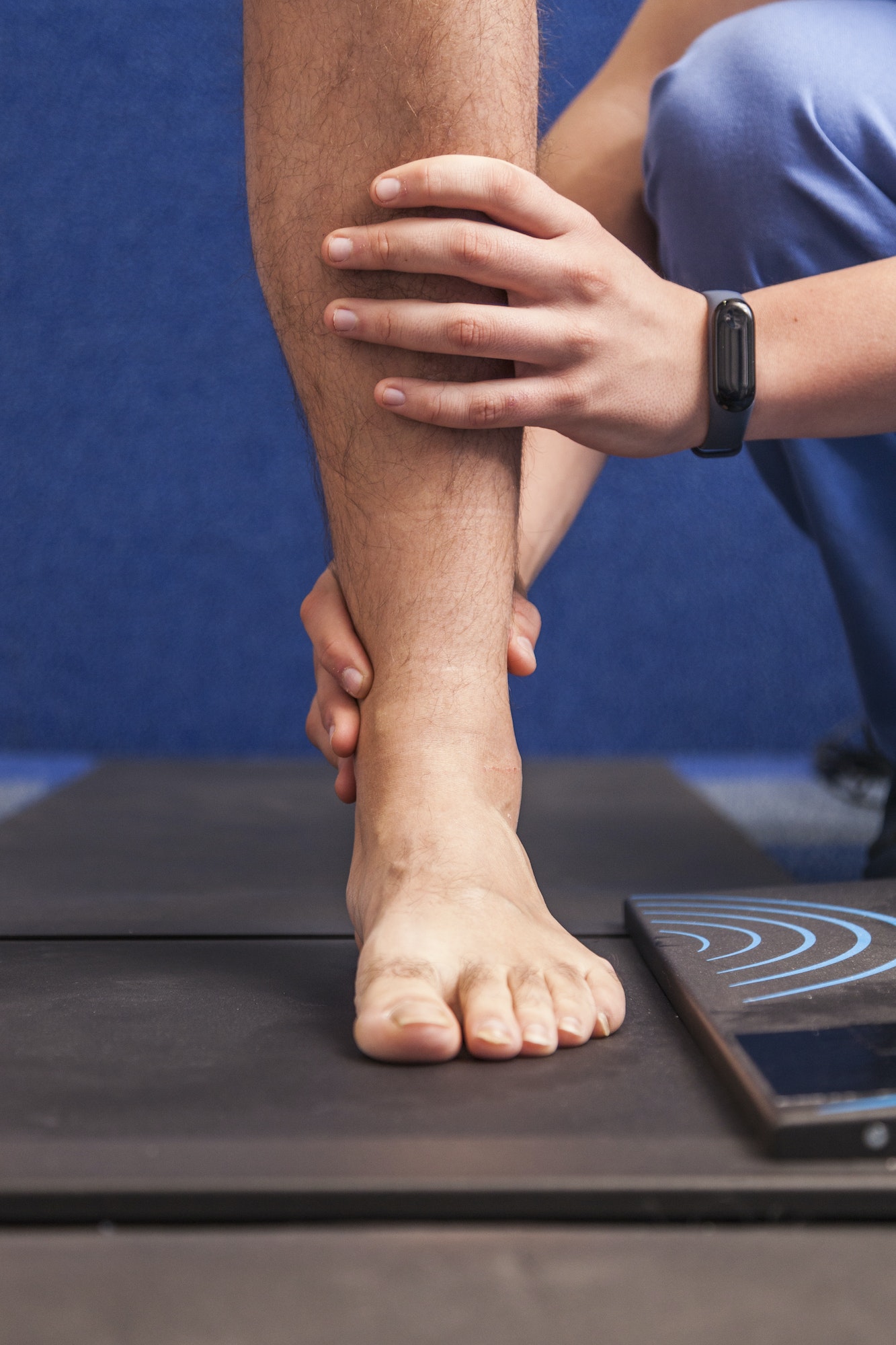Table of Contents
What Does the Term Flat Feet Mean?
The common term flat feet delivers a very vivid picture to anyone’s mind. The arch is low, the foot slaps a little when walking with the feet angled out away from the direction of movement. This significant condition, known as pes planus, will affect all structures from your lower back down to your toes.
How Will Flat Feet Affect Me?
Lowering the arch impacts the function of everything from how you lower spine and hips work, your knees and ankle bend and certainly how your feet are positioned when walking. All these body parts are connected when walking, each influences the other.
Lowering the arch of the foot decreases the shock absorption of the lower extremity requiring adjustments at the knew and hip to compensate. As the arch lowers the foot will naturally point outwards when walking. This abduction occurs as the force of the body weight is now to the inside of the ankle joint and not directly over it. This can place a strain upon the ligaments and tendons on the inside of the arch increasing the risk of injury in time. Also, as the arch lower to the ground, it is more difficult to raise the arch when walking. The toes must grip the ground to provide a fulcrum allowing the arch to rise. As this is extra effort a mechanical overload is produced along with the development of hammertoes and bunions.
As the arch is lowered and the weight of the body forced towards the inside of the foot, the weight is also to the inside of the knee. Full weight bearing is now not bone to bone at the knee. The weight is more directed to the inside of the knee producing what appears to the a ‘knock knee’ position with the knees angled inward. This malalignment will produce wear and tear to the knee joint.
Finally, as the foot and ankle are mechanically affected as the arch lowers, the hip will also move a greater degree effecting the lower back, the muscles of the pelvis and the spinal cord as it descends the leg.
At What Age Does Flat Feet Appear?
A flat foot condition can present at any time from birth to advanced age. At each level, it will be represented by various degrees of mechanical malalignment and potential injury.
The Doctors of the Weil Foot & Ankle Institute will help determine the extent of the condition, the potential for injury and recommendations as to how best to treat the condition for now and for the future.

Meet Weil Foot & Ankle Institute
By: Weil Foot & Ankle Institute, Published: May 20th, 2022
Review By: Lowell Weil Jr., DPM – Jan 19th, 2023


